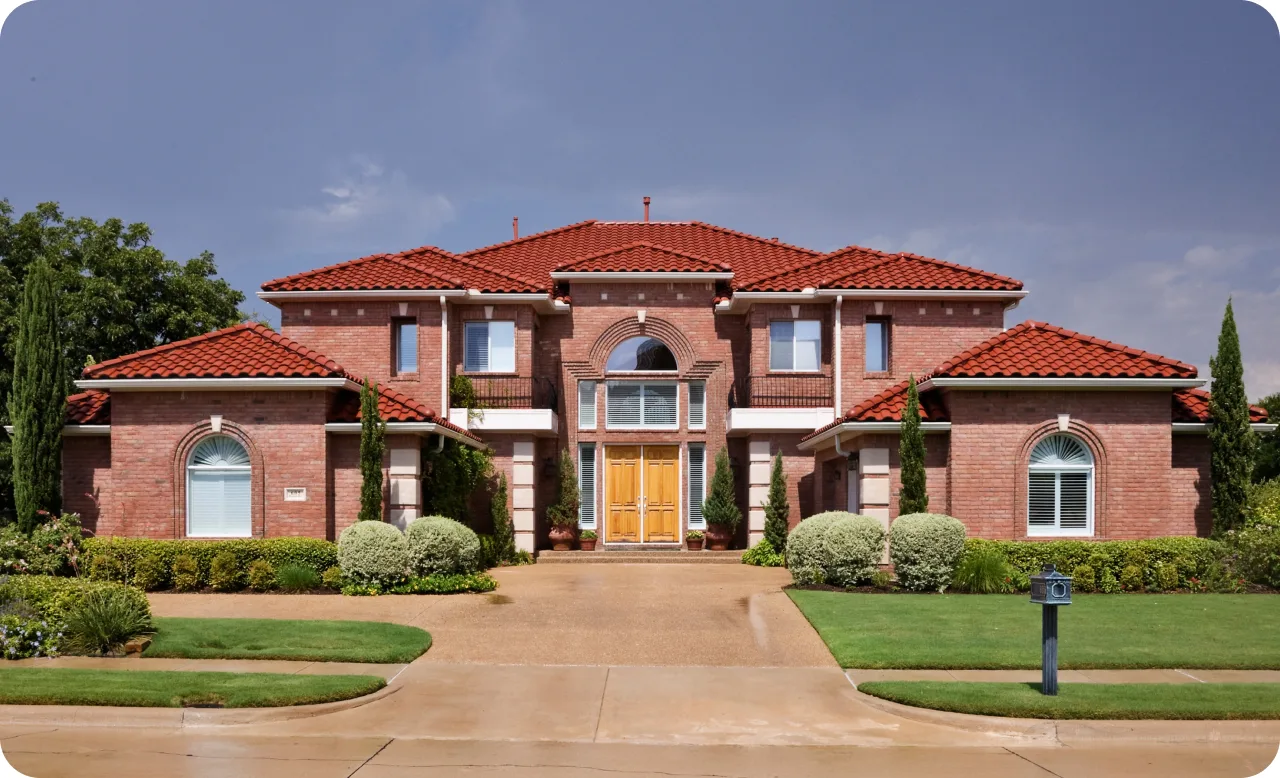
Do Home Warranties Cover Roof Leaks? The Surprisingly Honest Answer
Short answer: sometimes—usually in a limited, patch-the-problem kind of way. Here’s the thing… when people search do-home-warranties-cover-roof-leaks, they’re picturing a full roof replacement. That’s not what these plans do. They’re more like a safety net for small leaks in lived‑in spaces, not a blank check for a tired roof.
What a home warranty usually covers for roof leaks
Believe it or not, many plans do offer some roof‑leak help—often as an add‑on. It’s typically a repair of the leak source over an occupied area of the home (think living room, bedroom, hallway). The tech patches what’s actively leaking so water stops. It’s not a full diagnostic of your whole roof system, and it won’t refresh aging shingles. If you’re wondering do-home-warranties-cover-roof-leaks in garages, patios, or detached buildings—the answer is usually no.
Expect caps. Most plans limit roof‑leak repairs to a set dollar amount per claim or per term—commonly $500 to $1,500. You’ll still pay a service fee (often $75–$125). If the patch is cheap and straightforward, great. If decking is rotted or flashing needs extensive work, the cap may be the ceiling on how far they’ll go.
What home warranties almost never cover
Full roof replacement, structural components (rafters, trusses, underlayment), and cosmetic issues are typically excluded. Pre‑existing leaks, improper installation, neglect, or anything caused by weather events—wind, hail, fallen limbs—are out. That’s insurance territory, not a warranty’s job. Skylights, chimneys, satellite mounts, solar hardware, gutters, and flashing around non‑standard penetrations are common carve‑outs too.
Also common: exclusions for certain roof types or areas. Flat or low‑slope roofs, foam roofs, and patio/porch covers are often excluded. Leaks over unconditioned or unfinished spaces (garages, attics) may be excluded. Not fun, I know, but I’d rather you hear it straight.
Home warranty vs. homeowners insurance (quick sanity check)
Insurance kicks in for sudden, external perils—storm damage, fire, that branch your neighbor swears “never breaks.” A home warranty is for normal wear‑and‑tear repairs. So if wind rips shingles and water pours in, call insurance. If an aging seal fails and you get a small drip during rain, the warranty’s roof‑leak add‑on might cover a patch. Different tools, different jobs.
What it costs, realistically
Most roof‑leak coverage is either baked into mid/high‑tier plans or sold as a modest add‑on (often $5–$15/month). There’s usually a 30‑day waiting period. Then, when you file a claim, you’ll pay that service fee and the company sends a contractor to stop the leak. If the repair exceeds the coverage cap, you’ll get the option to pay the difference. It’s very much a patch‑and‑prevent‑further‑damage benefit, not a makeover.
How roof‑leak claims actually go down
When it drips, breathe. Take photos or a quick video, put a bucket down, and protect what’s under the leak. File the claim right away. The warranty dispatches a roofer to find and patch the source over your living area. If they determine it’s excluded (say, storm damage or a skylight issue), you’ll still pay the service call but can forward that report to your insurance. Pro tip: keep maintenance notes—simple stuff like “cleared debris from valleys in March.” It helps avoid the dreaded “lack of maintenance” denial.
When a home warranty makes a lot of sense
If your roof is older but not failing, and you’d love a little help taming those nuisance leaks, a plan with roof‑leak coverage can be a stress reducer. Same for landlords or new homeowners who don’t have a go‑to roofer yet. Just remember the vibe here: stop the drip now, not rebuild the roof. If your roof is at end‑of‑life, save the warranty cash and budget for replacement—or talk to your insurer if a storm did the damage.
How to pick a plan that won’t leave you hanging
Scan for three things: 1) Is roof‑leak coverage included or an add‑on? 2) What’s the cap per claim/term? 3) What roof areas and materials are excluded? If you see vague language around skylights, flat roofs, or flashing, assume it’s excluded unless spelled out. And yes, do-home-warranties-cover-roof-leaks in condos or townhomes? Often not, because shared or HOA‑controlled roofs fall outside your plan. When in doubt, ask before you buy.
If you want the easy button, I’ve already done the digging. I’m picky about caps, exclusions, and contractor quality. Check my current picks for roof‑friendly plans in the Home Warranty Reviews on Consumer's Best. I keep that list fresh so you don’t get surprised mid‑drip.











